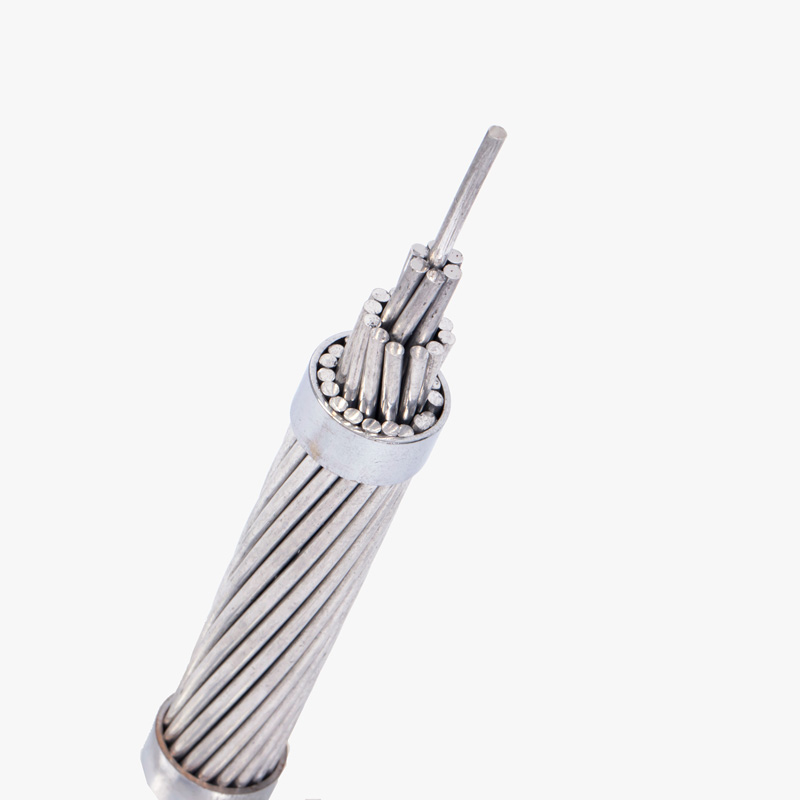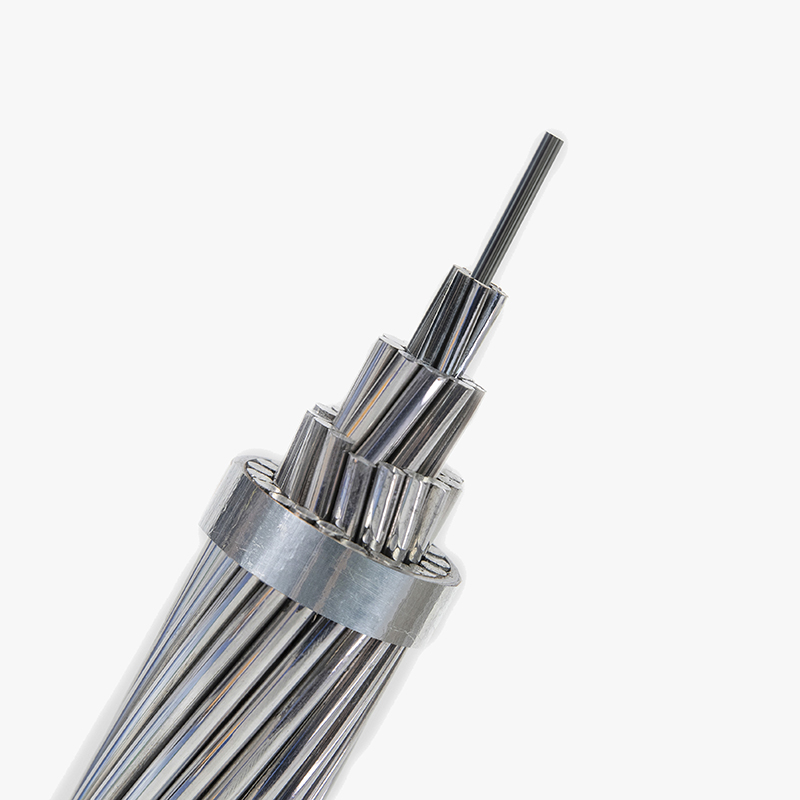Understanding Mineral Insulated Cables (MICC/MI)
Mineral Insulated Cables (MICC)—also called MI Cables—encapsulate copper conductors inside compacted magnesium oxide (MgO) within a seamless metal sheath. This inorganic design delivers outstanding fire resistance, high-temperature tolerance (continuous service in extreme heat), and is inherently halogen-free and non-toxic. Rigid MICC excels in fixed, harsh environments with unmatched durability and small diameters; flexible mineral insulated cables such as BBTRZ and YTTW use mineral fillers plus flexible metallic sheaths to simplify routing, speed installation, and reduce accessories. Rigid types suit risers, tunnels, and long fire-survival feeders; flexible types shine in renovations, dense trays, and complex bends—without sacrificing the core safety advantages of Mineral Insulated Cables.
Are MI cables the safest, most cost-efficient choice for my project?
When stakes are high, buyers worry about false certificates, delays, and uneven quality—problems that cause rework, penalties, and safety risks. The solution is a proven Manufacturer and Supplier with verifiable QA and capacity. QRUNNING (China) is a leading Wholesaler-backed factory producing up to 500 kV cables, with 10 lines and 200 million meters annual capacity. We deliver MICC Cables and flexible BBTRZ/YTTW with strict traceability, batch testing, and Customizable specs (OEM/ODM). Expect competitive pricing, engineering support, and punctual shipment—built for contractors, grid companies, and distributors in Vietnam, Africa, and beyond. Choose certainty over guesswork; choose QRUNNING.
MICC Cables use copper conductors packed in MgO inside a metal sheath, giving exceptional fire survival, heat resistance, and zero halogen smoke. Rigid MICC maximizes durability; flexible BBTRZ/YTTW eases installation while preserving mineral safety.
Below you’ll find practical applications, installation and termination best practices, and the newest advances in flexible mineral insulated designs—so your next project is safer, faster, and more economical.
Applications of MI Cables in Critical Environments: From High-Rise Buildings to Nuclear Plants
High-Rise & Commercial Complexes
Mineral Insulated Cables enable reliable emergency power, fire pumps, smoke extraction fans, evacuation lighting, risers, and alarm loops. Their inorganic insulation prevents toxic halogen emissions and maintains circuit integrity under flame, ensuring safe egress and system continuity. For dense shafts, rigid MICC Cables minimize cable diameter and allow close grouping, reducing space and tray weight—key advantages for Supplier bill-of-materials optimization.
Transport Hubs & Tunnels
Airports, metro stations, and road tunnels demand long fire-survival feeders and low smoke. Rigid MICC provides superior crush resistance against accidental impacts; flexible BBTRZ/YTTW simplifies route deviations around structural members, accelerating night-shift installation schedules for contractors.
Hospitals, Data Centers & Clean Facilities
Where uptime and air quality are critical, halogen-free performance and thermal stability protect life-safety systems, UPS distribution, battery rooms, and generator feeders. MICC’s mineral insulation resists moisture ingress and microbial growth—ideal for sterile areas—while flexible variants ease retrofits above ceilings and in congested racks.
Industrial Plants & Refineries
In high-temperature zones, furnaces, or cableways exposed to oils and chemicals, MICC Cables maintain dielectric strength and sheath integrity. Instrumentation pairs and thermocouple extensions in mineral designs withstand heat cycles and vibration better than polymeric alternatives, improving mean-time-between-failure.
Power Stations & Nuclear Facilities
Safety-related circuits require predictable behavior under accident conditions. The inorganic MgO insulation in Mineral Insulated Cables does not propagate flame or produce corrosive gases, supporting rigorous risk-reduction strategies. Rigid types suit permanent, mapped routes; flexible BBTRZ/YTTW enable complex terminations inside crowded panels and containment penetrations.
Installation, Termination Best Practices and Technical Standards for MI Cables
Design & Routing
Begin with accurate load studies and fault calculations to size conductors and sheaths. For rigid MICC, plan straight runs with gentle, tool-controlled bends; for flexible BBTRZ/YTTW, leverage their tighter bend radii to reduce junction boxes and elbows. Maintain separation from high-heat surfaces unless using supports or barriers designed for MI temperatures.
Cable Preparation & Termination
Use dedicated stripping tools to expose the copper sheath without nicking conductors. Dry-pack MgO ends, fit seals/glands to prevent moisture ingress, and apply heat-shrink or cold-shrink boots per kit instructions. For larger cross-sections, compression lugs with calibrated crimping ensure low-resistance joints. Always megger-test insulation resistance before and after termination to verify MgO dryness and sheath continuity.
Fixing, Identification & Testing
Support cables with non-combustible saddles, clips, or cleats at manufacturer-recommended intervals. Label every circuit with fire-survival designation and sheath material. Perform continuity, insulation, and functional tests (including emergency-mode load checks). Document torque values for glands and lugs to ensure repeatability during audits.
Codes, Standards & Compliance
Coordinate with local electrical codes and internationally recognized standards for fire-resistant cables, test methods, and low-smoke, zero-halogen requirements. QRUNNING provides datasheets, type-test records, and batch traceability—streamlining approval for consultants, EPCs, and Wholesaler quality teams.
Innovations in Flexible Mineral Insulated Cables: BBTRZ, YTTW, and Beyond
What Makes BBTRZ and YTTW “Flexible”?
BBTRZ and YTTW employ mineral fillers for heat resistance while using specially engineered metallic sheaths that allow bending by hand or with light tools. The result: the safety profile of Mineral Insulated Cables with faster installation in congested routes, tray systems, and prefabricated skids.
Performance & Cost Benefits
Flexible MI cuts accessory counts (fewer elbows/boxes), shortens shutdown windows, and reduces labor. It maintains fire-survival, low smoke, and corrosion resistance—key for hospitals, data centers, and transport hubs. For Supplier and Wholesaler partners, these efficiencies translate into competitive bid pricing without compromising compliance.
Customization & Project Fit
QRUNNING offers Customizable conductor sizes, sheath metals, and armoring, plus OEM/ODM packaging for MICC Cables, BBTRZ, and YTTW. Our engineering team helps match bending radii, gland systems, and fire-survival durations to consultant specifications—reducing approval cycles and change orders.
Summary
Choose rigid MICC Cables for maximum durability, or flexible BBTRZ/YTTW for installation speed—both deliver mineral safety. Partner with QRUNNING as your proven Manufacturer, Supplier, and Wholesaler.




